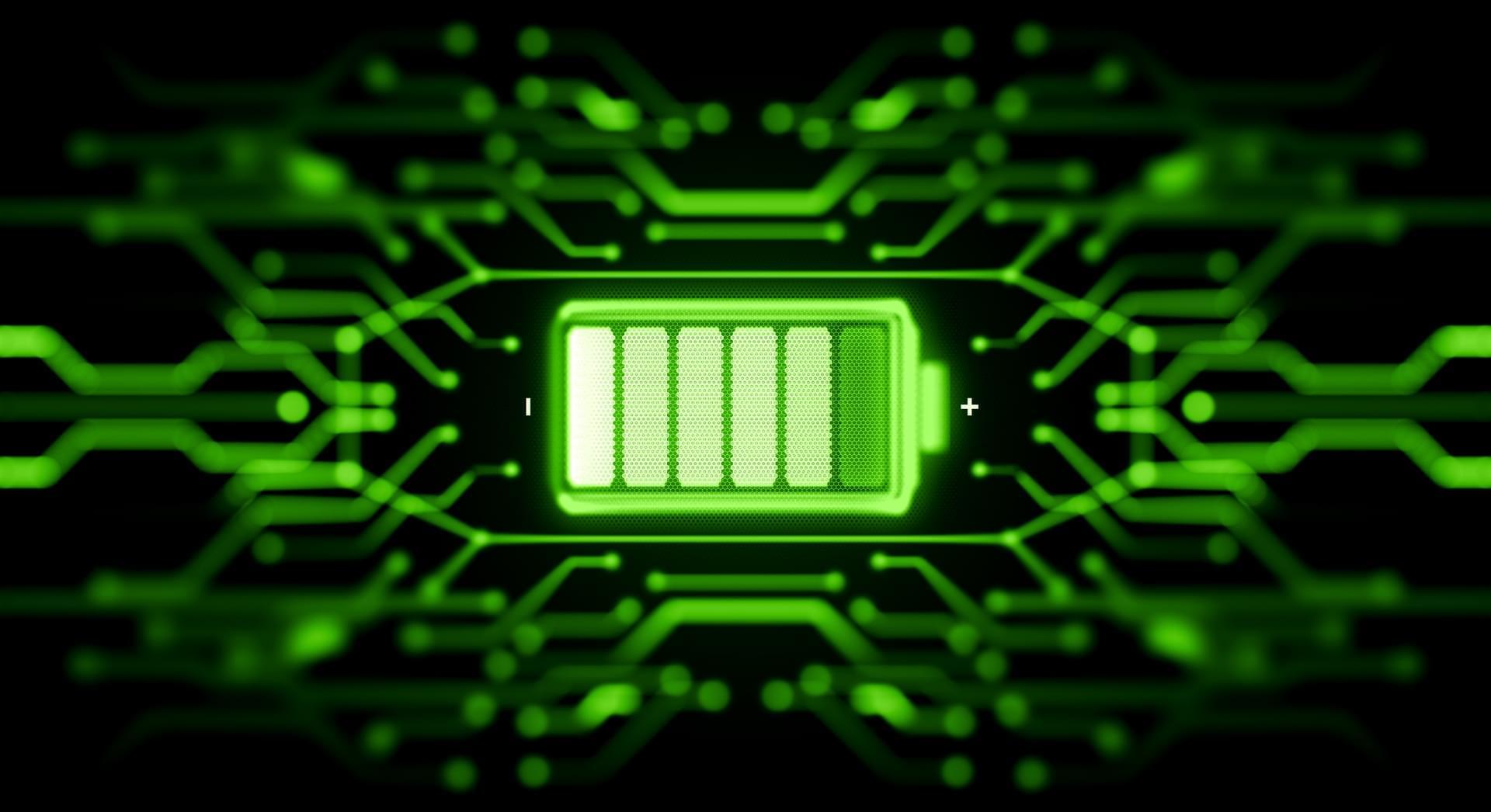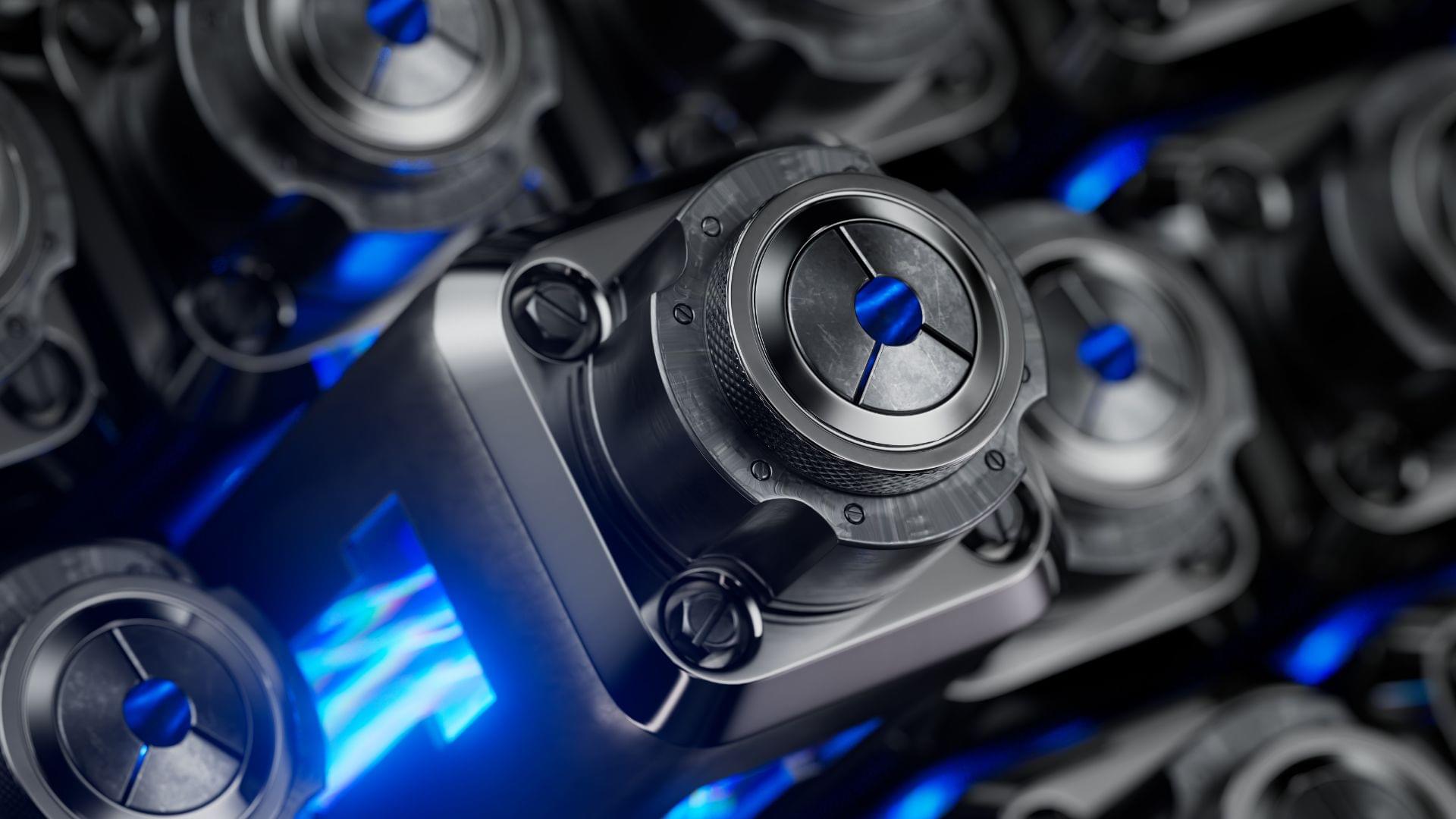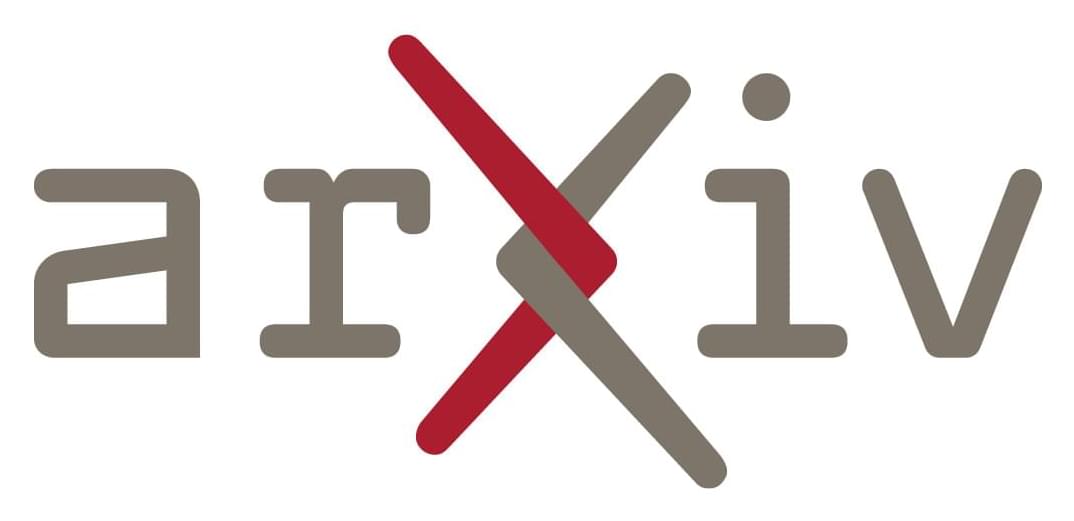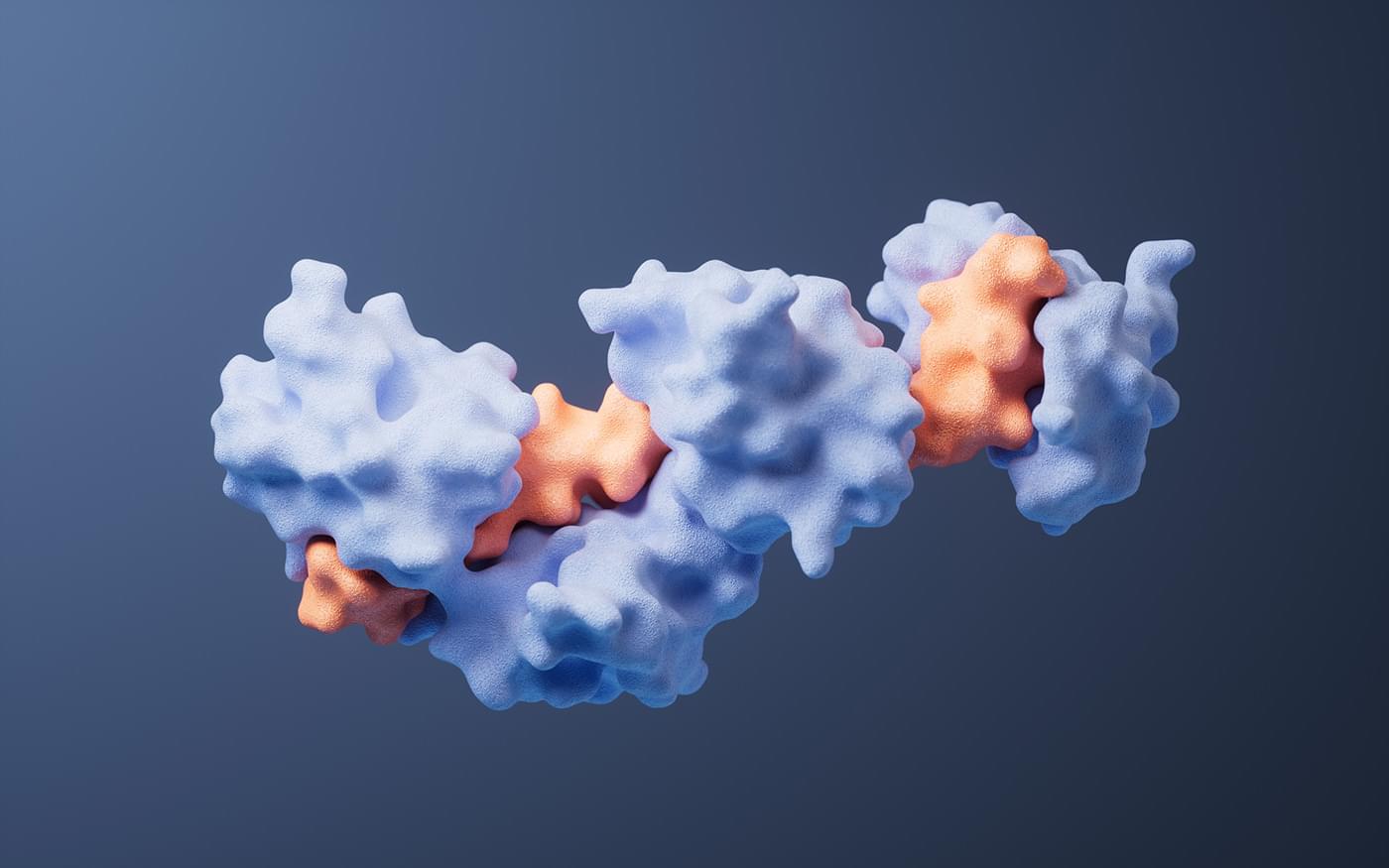New AI method speeds up calculations to protect fusion reactors from plasma heat.
Scientists in the US have introduced a novel artificial intelligence (AI) approach that can protect fusion reactors from the extreme heat generated by plasma.
The new method, which is called HEAT-ML, was developed by researchers from Commonwealth Fusion Systems (CFS), the US Department of Energy’s (DOE) Princeton Plasma Physics Laboratory (PPPL), and Oak Ridge National Laboratory.
It is reportedly capable of quickly identifying magnetic shadows, which are critical areas protected from the intense heat of the plasma, and therefore help prevent potential problems before they start.






